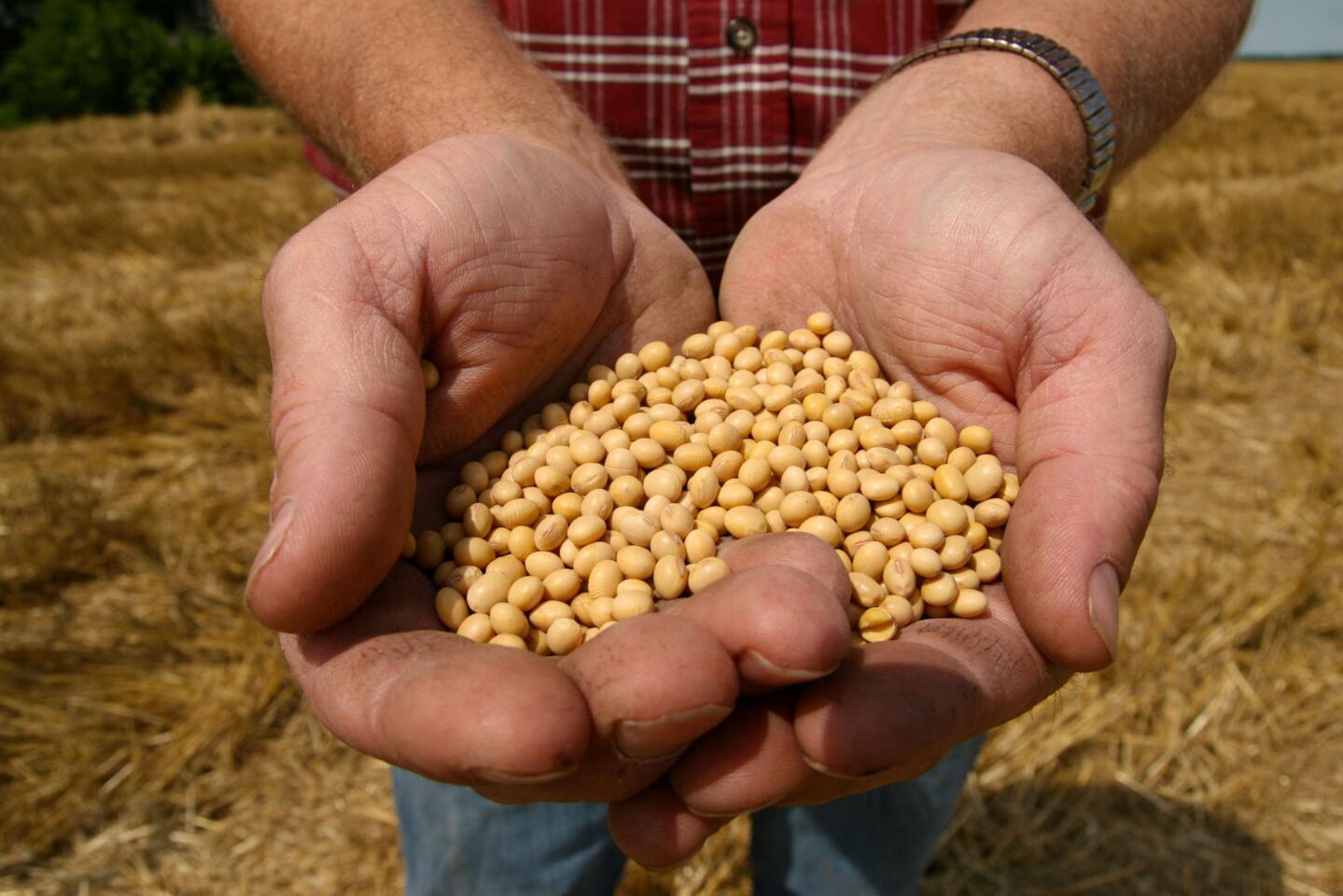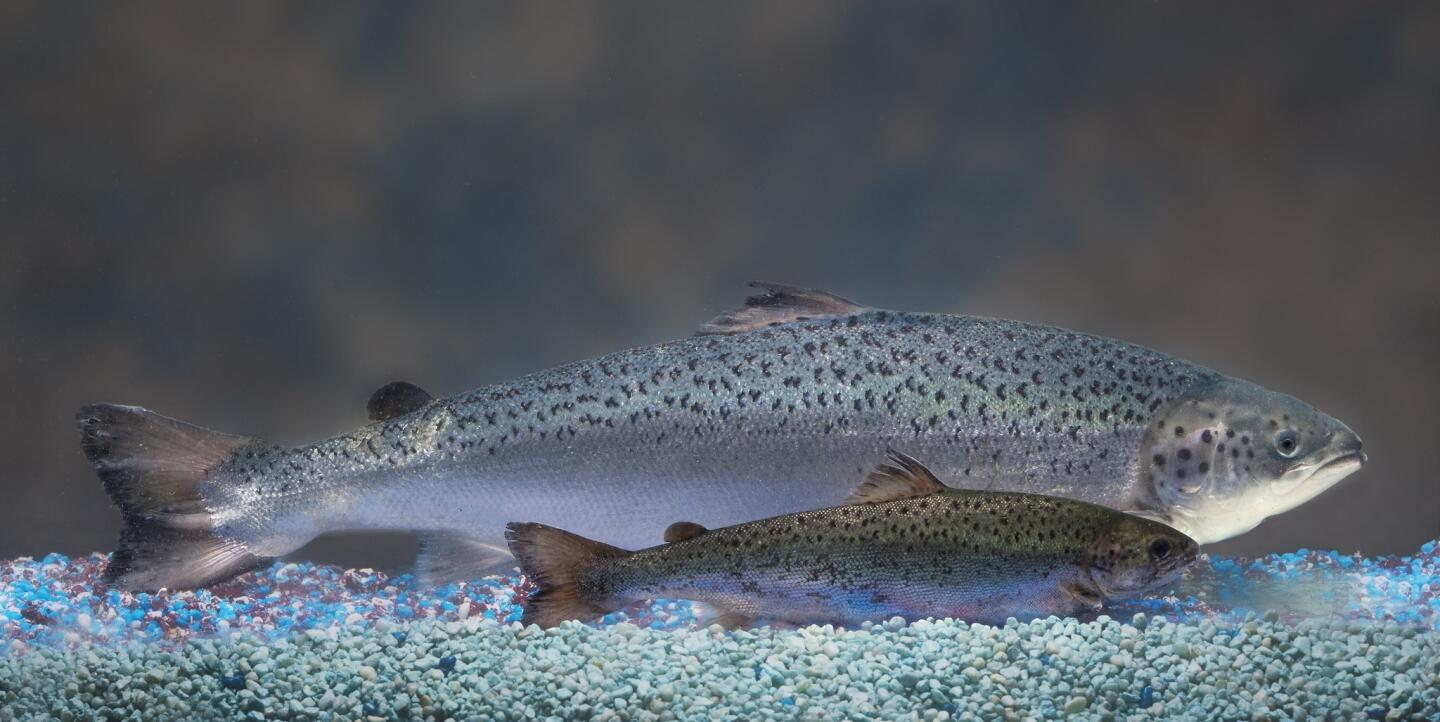Under fire from an opposition campaign heavily financed by Monsanto, Dow Chemical and other big agribusiness names, Proposition 37 has been losing popularity in the polls. The measure would require the labeling of genetically engineered foods. But it also could threaten the livelihood of mom-and-pop grocers, lead the way to a plethora of lawsuits even when there’s little to no evidence, and in the end leave consumers no better informed than they are today because food companies quite possibly would just slap labels on all their products with vague wording that they “may” contain genetically engineered ingredients. It’s true, though, that there’s reason for environmental concern over genetically engineered foods, and they haven’t always been welcomed by consumers. Here, then, is a gallery of genetically engineered foods: those that got the ball rolling, those most popular now and the ones that might be on shelves in the reasonably near future. More: Endorsement: No on Proposition 37 --Karin Klein
Seven foods, genetically engineered

The most commonly bioengineered food crop, about 95% of soybeans have been genetically modified in the laboratory, often, as with corn, to be Roundup ready, or able to withstand the herbicide glyphosate. This isn’t just about tofu; many processed foods contain soy, perhaps most commonly as the emulsifier lecithin (one of the 10 most common ingredients in processed foods) but also in the form of soybean oil and soy sauce.
Above, a farmer holds Monsanto’s Roundup-ready soybean seeds at his family farm in Bunceton, Mo. (Dan Gill / Associated Press)








